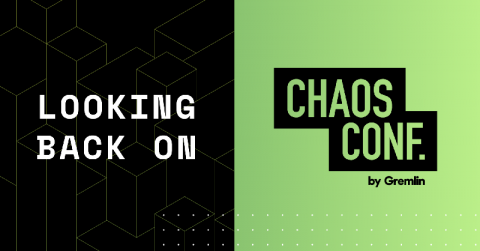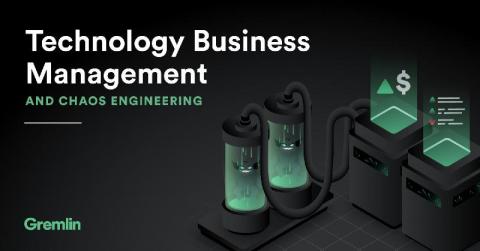Operations | Monitoring | ITSM | DevOps | Cloud
Chaos Engineering
Identifying Hidden Dependencies - Liz Fong Jones
Lessons from Incident Management and Postmortems at Atlassian - Jim Severino
Looking back on Chaos Conf 2020
It’s already been a week since we closed our third annual Chaos Conf! While we were forced to take the conference online, this meant that more of you could join us. Over 3,500 people signed up to help make this the world’s largest Chaos Engineering conference. That’s 5x more than 2019, and nearly 10x more than 2018! This is a testament to the growth of Chaos Engineering as a practice across many different industries and around the world.
Incident Ready: How to Chaos Engineer Your Incident Response Process | FireHydrant
Lead Times and Psychological Safety within the Five Ideals - Gene Kim
Chaos Engineering Processes
Is your microservice a distributed monolith?
Your team has decided to migrate your monolithic application to a microservices architecture. You’ve modularized your business logic, containerized your codebase, allowed your developers to do polyglot programming, replaced function calls with API calls, built a Kubernetes environment, and fine-tuned your deployment strategy. But soon after hitting deploy, you start noticing problems.
Technology Business Management and Chaos Engineering
Get started with Gremlin’s Chaos Engineering tools to safely, securely, and simply inject failure into your systems to find weaknesses before they cause customer-facing issues. Technology Business Management (TBM) is a decision-making tool that helps organizations maximize the business value of information technology (IT) spending by adjusting management practices. With TBM, IT is transformed to run like a business instead of merely a cost center.
Understanding your application's critical path
Don’t wait for an incident to focus on reliability. Learn concrete steps for preventing incidents in the first place in our two-part series, Planning and Architecting for Reliability. It’s 3 a.m. You’re lying comfortably in bed when suddenly your phone starts screeching. It’s an automated high-severity alert telling you that your company’s web application is down. Exhausted, you open the website on your phone and do some basic tests.











